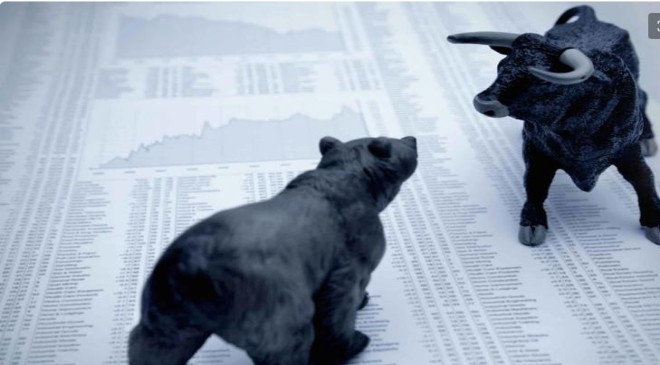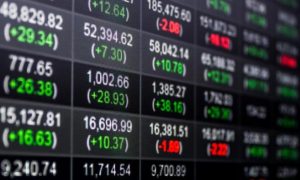Corporate insiders in recent weeks have become more bearish than they have been in years.
Consider companies for which insiders bought more shares than they sold this month as of July 21. As a percentage of companies for which there has been any insider activity, those with net insider buying dropped to 12%, according to Nejat Seyhun, a finance professor at the University of Michigan who is one of academia’s leading experts on interpreting insider behavior. That percentage is lower than for any other month over the past decade; the average net insider-buying percentage across all months since 2013 is 27%.
Read More:– Tesla, Netflix drag down S&P 500, Nasdaq
In calculating this percentage, Seyhun focuses only on transactions from corporate officers and directors. This is a crucial detail, since the Securities and Exchange Commission defines “insider” to also include investors who own 10% or more of a company’s shares. Seyhun says that these large shareholders do not, on balance, have any special insight into their companies’ prospects and yet, because they are so large, they dominate the insider data gathered by the SEC. That’s why it’s important to exclude them when analyzing insider behavior.
In an interview, Seyhun said that the plunging insider-buying ratio is sending a bearish signal for the stock market’s prospects in coming months, especially since the ratio had been trending down for several prior months as well. The previous lowest monthly insider-buying ratio readings over the past decade occurred in April and October 2021. A bear market began in January 2022.
Insiders on balance also did a creditable job navigating that bear market and subsequent bull market. At the end of last September, for example, I wrote a column entitled “The Bear May Not Be Over, but Some Corporate Insiders Are Acting Like It Is.” The S&P 500’s bear market low was Oct. 12. By mid-February of this year, with the S&P 500 15% higher than where it stood at its October low, the insider-buying ratio was close to its long-run average, suggesting the market would rise at a more or less historically average pace.
Read More:-Overheated Market? Fidelity’s Jurrien Timmer Believes It’s ‘Almost’ In A New Bull Run
Today, with the S&P 500 about 10% higher than where it stood in February, the insiders are behaving as though they believe the market’s upside potential is largely exhausted.
Seyhun is confident enough in the signals provided by corporate officers and directors that last year, in conjunction with his son Jon, he created a subscription website (insidersentiment.com) that enables users to scrutinize the insider transaction data that are collected by the SEC. (Neither I nor Barron’s receive any compensation from that website.)
Insiders aren’t uniformly pessimistic about all market sectors, however. The ones with positive insider sentiment, according to Seyhun, are communications, consumer staples, financials, real estate, and utilities. Noteworthy by its absence from this list is energy, which over the past couple of years has been the sector most popular among insiders. That is no longer the case.
The table below lists the two stocks within each of these sectors with the most net insider buying over the past month. Seyhun says that neither he nor his son currently own any positions in these stocks.
Read More:– Nearly 25% of Warren Buffett’s Portfolio Is Invested in These 3 Attractive Dividend Stocks
Mark Hulbert is a regular contributor to Barron’s. His Hulbert Ratings tracks investment newsletters that pay a flat fee to be audited. He can be reached at [email protected].





































